(5A50.10) Wimshurst Generator and Franklin’s Bells
$0.00
The Wimshurst Generator is an electrostatic generator that generates high voltages through induction rather than through friction. This is accomplished by having two counter rotating glass disks each with a number of separate conducting pads on their surface that are connected to a pair of neutralizing contacts and charging contacts by metal brushes. Any residual static charge present on these pads will gradually be amplified through induction as the disks begin to rotate and the charge is collected.
Franklin’s Bells are often used to demonstrate the presence of a static charge. The system consists of two bells and a clapper with each of the elements electrostatically isolated from the other. One of the bells is connected to a voltage generator and the other is connected to ground and the clapper is suspended between the bells on an insulating thread. Once there is charge present, the clapper will be attracted to one of the bells and make contact. In so doing the clapper will receive charge from that bell and be repelled toward the second bell.
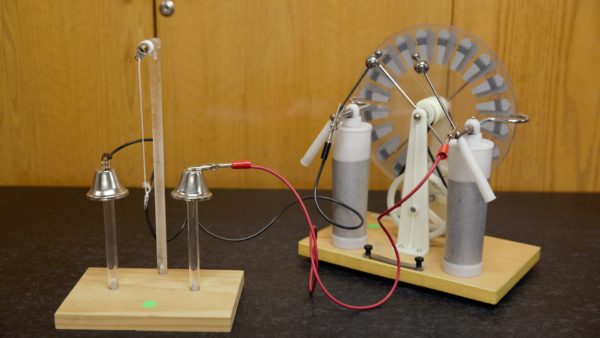
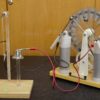
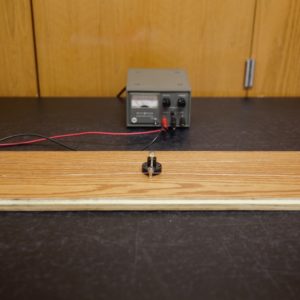
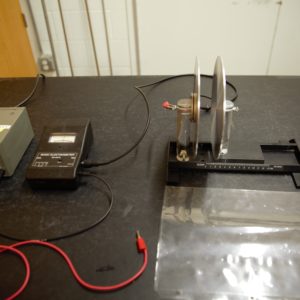
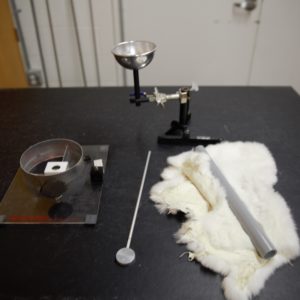

Reviews
There are no reviews yet.